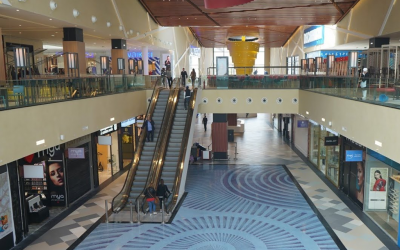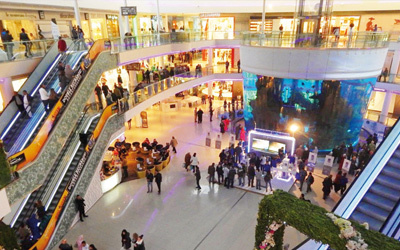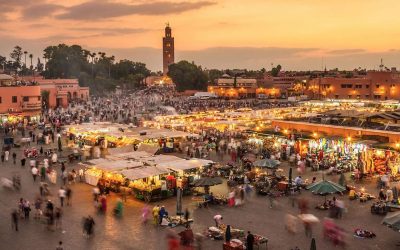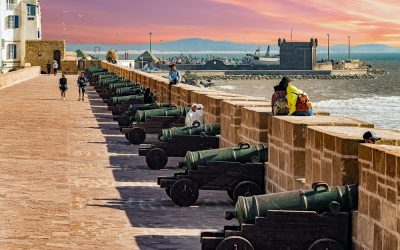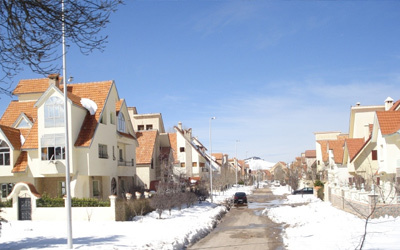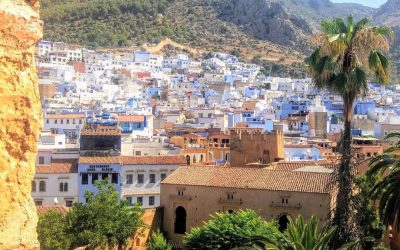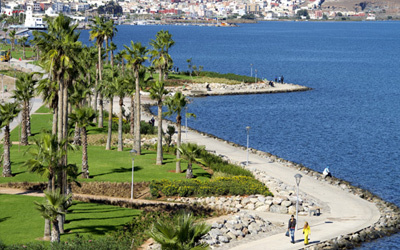
Rabat, the administrative capital of Morocco, has been the subject of numerous writings concerning its architectural and town-planning history under the French Protectorate. Isabelle Dupont’s master’s thesis, defended in 1972, limits her study to the architectural evolution of the new towns of Rabat and Casablanca during Lyautey’s sole term, between 1912 and 1925.
In 1912, Lyautey made Rabat the seat of the resident general and the capital of the French protectorate in Morocco [13]. In 1956, when Morocco became independent, the city of Rabat was the second largest city in the country after Casablanca. In recent years, Rabat has started to become a business center benefiting from the restructuring and reorganization of public administrations as well as the installation of foreign companies and the creation of offshore areas.
The city is the seat of several large Moroccan and multinational companies present in Morocco (such as Thales, Holcim, KPMG, Maroc Telecom, CDG, Crédit Agricole du Maroc and Poste Maroc). e remained the capital of the country [14].
Rabat also aims to become a real cultural capital of the country which is reflected in the multiplication of projects such as the large library, the future large national theater on the banks of the Bouregreg, the museum of history and civilizations (former archaeological museum) , the contemporary art museum, and the organization of several Festivals during the year such as the Mawazine Festival.
Development projects in the Bouregreg valley
The development of the Bouregreg valley separating the cities of Rabat and Salé is a major project for Morocco which should ultimately concern 6,000 hectares and which was launched in 2006.
Bab Al Bahr. The objective of the project is to build in this partially flooded area and little or not developed new multifunctional districts ensuring the transition between the two agglomerations by enhancing the potential of the river axis with the new marina and the architectural heritage of the two cities…
The facilities located on the left bank of the wadi between its mouth and the Hassan II bridge include quality hotel and residential complexes, the City of Arts and Crafts dedicated to the preservation of artisanal know-how and a marina. The construction of a bridge with a higher air draft and the dredging of the wadi should make it possible to accommodate boats with greater drafts. For the professional fishermen of Salé and Rabat driven out by the current developments, a fishing port is being built at the mouth of the wadi on the Rabat side [33]. The second phase involves the construction of a partly lakeside district in the area between the new Hassan II bridge and the Rabat Salé railway line for an initial investment of 2.5 billion dollars.
